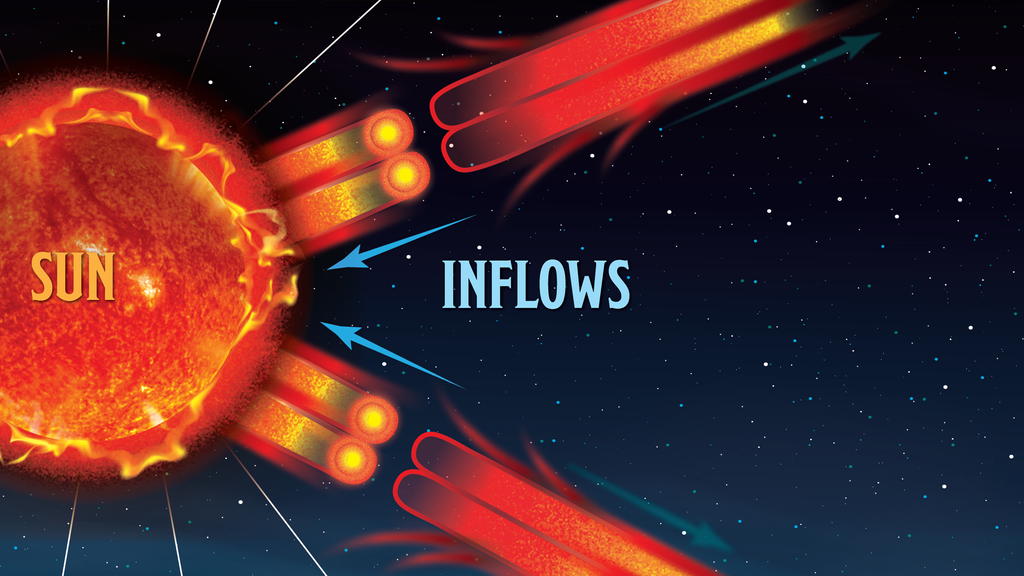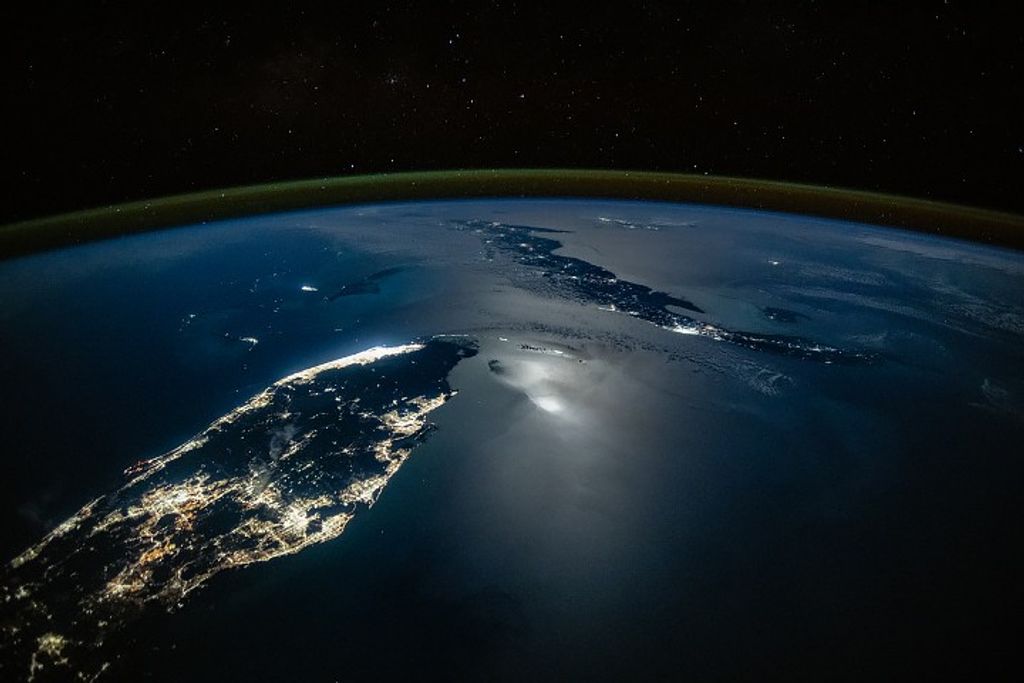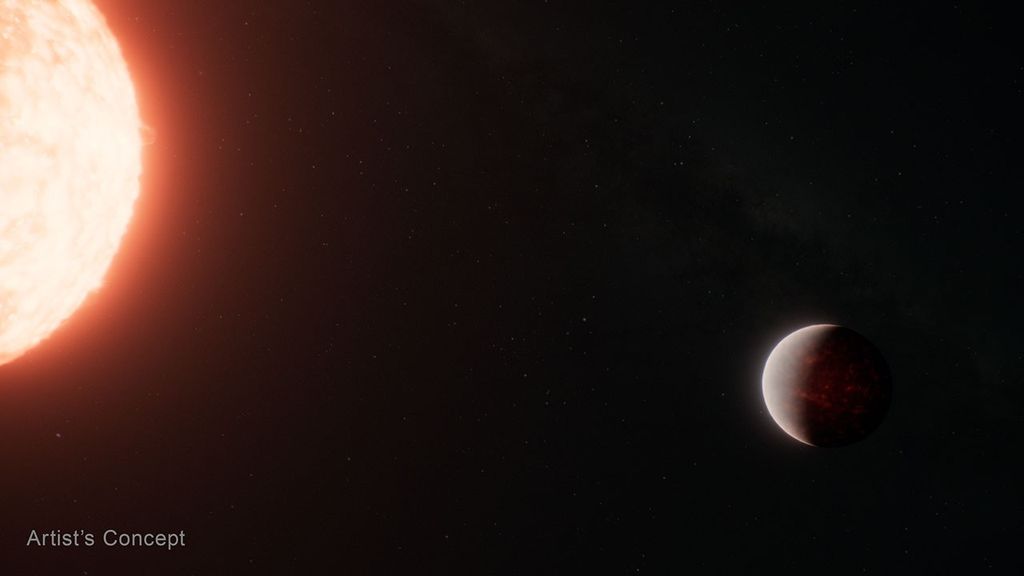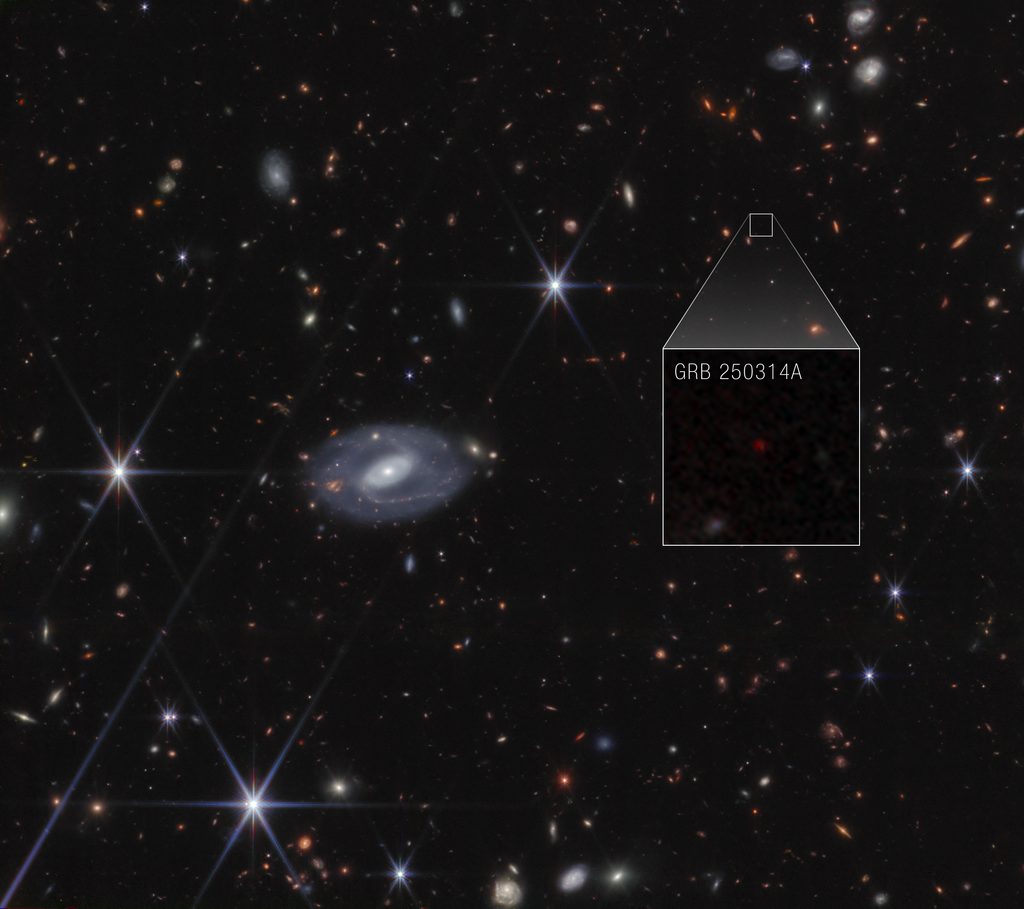Resembling the puffs of smoke and sparks from a summer fireworks display in this image from NASA's Hubble Space Telescope, these delicate filaments are actually sheets of debris from a stellar explosion in a neighboring galaxy. Hubble's target was a supernova remnant, denoted LMC N 49, within the Large Magellanic Cloud, a nearby, small companion galaxy to the Milky Way visible from the southern hemisphere. This filamentary material will eventually be recycled into building new generations of stars in the LMC. Our own Sun and planets are constructed from similar debris of supernovae that exploded in the Milky Way billions of years ago.
1 min read
Celestial Fireworks
Resembling the puffs of smoke and sparks from a summer fireworks display in this image from NASA's Hubble Space Telescope, these delicate filaments are actually sheets of debris from a stellar explosion in a neighboring galaxy. Hubble's target was a supernova remnant within the...
Related Images & Videos

Celestial Fireworks: Sheets of Debris From a Stellar Explosion (N 49, DEM L 190)
Resembling the puffs of smoke and sparks from a summer fireworks display in this image from NASA's Hubble Space Telescope, these delicate filaments are actually sheets of debris from a stellar explosion in a neighboring galaxy. Hubble's target was a supernova remnant within the...
Share
Details
Last Updated
Mar 20, 2025
Contact
Media
Claire Andreoli
NASA’s Goddard Space Flight Center
Greenbelt, Maryland
claire.andreoli@nasa.gov
Credits
NASA and The Hubble Heritage Team (STScI/AURA);
Acknowledgment: Y.-H. Chu (UIUC), S. Kulkarni (Caltech) and, R. Rothschild (UCSD)





























